- All Matchups
- DART@BRWN
- FOR@MRMK
- HARV@YALE
- LOU@SMU
- MIA@VT
- TLSA@ARMY
- MHU@CCSU
- ALBY@MONM
- MINN@NW
- KU@ISU
- MIZZ@OKLA
- WCU@VMI
- WAG@LIU
- DEL@WAKE
- BRY@STON
- NCCU@MORG
- SAM@TXAM
- RUTG@OSU
- LEH@LAF
- CHAR@UGA
- PRIN@PENN
- SIU@ILST
- MURR@INST
- VALP@BUT
- ODU@GASO
- CIT@ETSU
- MORE@DRKE
- BAY@ARIZ
- CLMB@COR
- WSU@JMU
- USD@STET
- UTM@TNTC
- SCST@DSU
- SFPA@STNH
- CAMP@TOWS
- MRST@PRE
- SHU@VILL
- RICH@WM
- HAMP@URI
- DAY@DAV
- BUCK@COLG
- ME@UNH
- ARPB@ALST
- WIU@WEBB
- CHAT@WOF
- MER@AUB
- NEV@WYO
- MOSU@KENN
- BALL@TOL
- TNST@CHSO
- YSU@UNI
- NCAT@ELON
- MTST@MONT
- EIU@ALA
- LINW@SEMO
- SUU@UNA
- SDST@UND
- DUQ@RMU
- PRST@UNCO
- MRSH@APP
- NMSU@UTEP
- IW@HCU
- SHSU@MTU
- CONN@FAU
- LIB@LT
- MVSU@PV
- NAU@WEB
- USF@UAB
- AAMU@TXSO
- JVST@FIU
- UK@VAN
- SYR@ND
- ARK@TEX
- ALCN@JKST
- NORF@HOW
- DUKE@UNC
- USC@ORE
- USM@USA
- UST@NDSU
- FAMU@COOK
- MSU@IOWA
- ECU@UTSA
- TULN@TEM
- GAST@TROY
- EKY@UTU
- KSU@UTAH
- GTWN@HC
- TCU@HOU
- IDST@IDHO
- OKST@UCF
- MCNS@LAM
- SAC@UCD
- MICH@MD
- CCAR@SCAR
- FUR@CLEM
- AC@CARK
- ULM@TXST
- PEAY@TARL
- EWU@CP
- ETAM@UTRGV
- UNM@AFA
- PITT@GT
- NEB@PSU
- CSU@BSU
- ILL@WIS
- CAL@STAN
- UNT@RICE
- TENN@FLA
- WKU@LSU
- ASU@COLO
- BYU@CIN
- WASH@UCLA
- USU@FRES
- SJSU@SDSU
- BGSU@MASS
- WMU@EMU
- TUSK@ALST
- NAVY@MEM
- MISS@MSST
- OHIO@BUFF
- UTAH@KU
- IOWA@NEB
- KENT@NIU
- AFA@CSU
- SDSU@UNM
- UGA@GT
- TEM@UNT
- BSU@USU
- IND@PUR
- TXAM@TEX
- ARIZ@ASU
- ISU@OKST
- TOL@CMU
- UK@LOU
- CLEM@SCAR
- BALL@M-OH
- OSU@MICH
- ORE@WASH
- SMU@CAL
- FIU@SHSU
- TTU@WVU
- UCLA@USC
- UTEP@DEL
- ECU@FAU
- CHAR@TULN
- MIA@PITT
- HOU@BAY
- FSU@FLA
- WAKE@DUKE
- CIN@TCU
- VT@UVA
- COLO@KSU
- UCF@BYU
- GASO@MRSH
- SOU@GRAM
- LT@MOSU
- WKU@JVST
- GAST@ODU
- ARST@APP
- USA@TXST
- UAB@TLSA
- BC@SYR
- ULM@ULL
- FAMU@MVSU
- MTU@NMSU
- KENN@LIB
- LSU@OKLA
- VAN@TENN
- MIZZ@ARK
- PSU@RUTG
- ARMY@UTSA
- WIS@MINN
- TROY@USM
- JMU@CCAR
- ORST@WSU
- MD@MSU
- RICE@USF
- ALA@AUB
- UNC@NCST
- NW@ILL
- UNLV@NEV
- ND@STAN
- FRES@SJSU
- WYO@HAW
Best College Football Player Props for Week 13
- All Props
- Passing Touchdowns
- Passing Yards
- Passing Attempts
- Interceptions Thrown
- Rushing Touchdowns
- Rushing Yards
- Passing + Rushing Yards
- Receiving Touchdowns
- Receiving Yards
- Rushing + Receiving Yards
- Receptions
- Passing Completions
- Rushing Attempts
- Player Longest Rush
- Player Longest Reception
- Player Longest Passing Completion
- Player to score first touchdown
- Player to score last touchdown
- Player to score a touchdown
- Player to score 2+ touchdown
- To Score 3+ Touchdowns
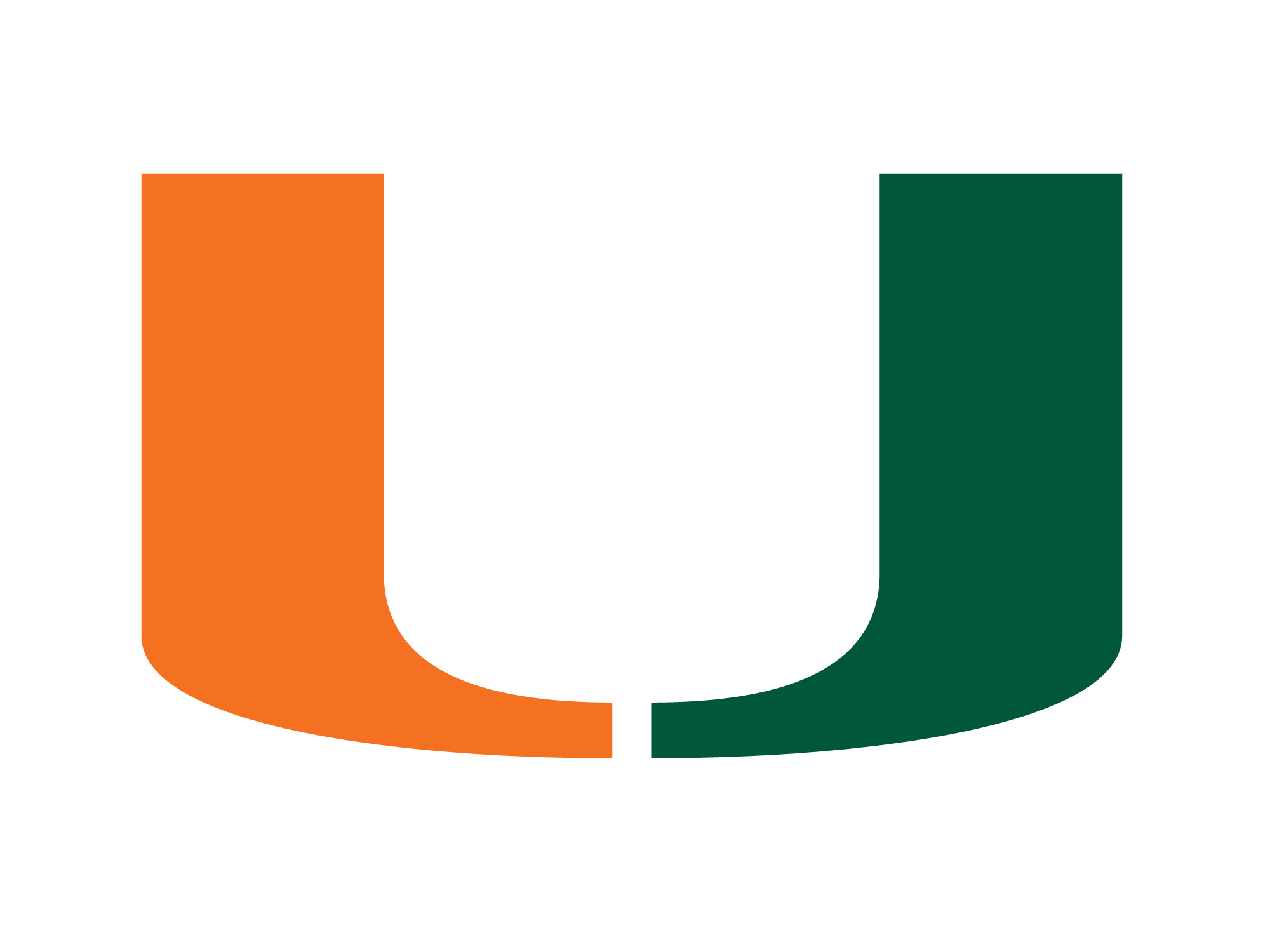

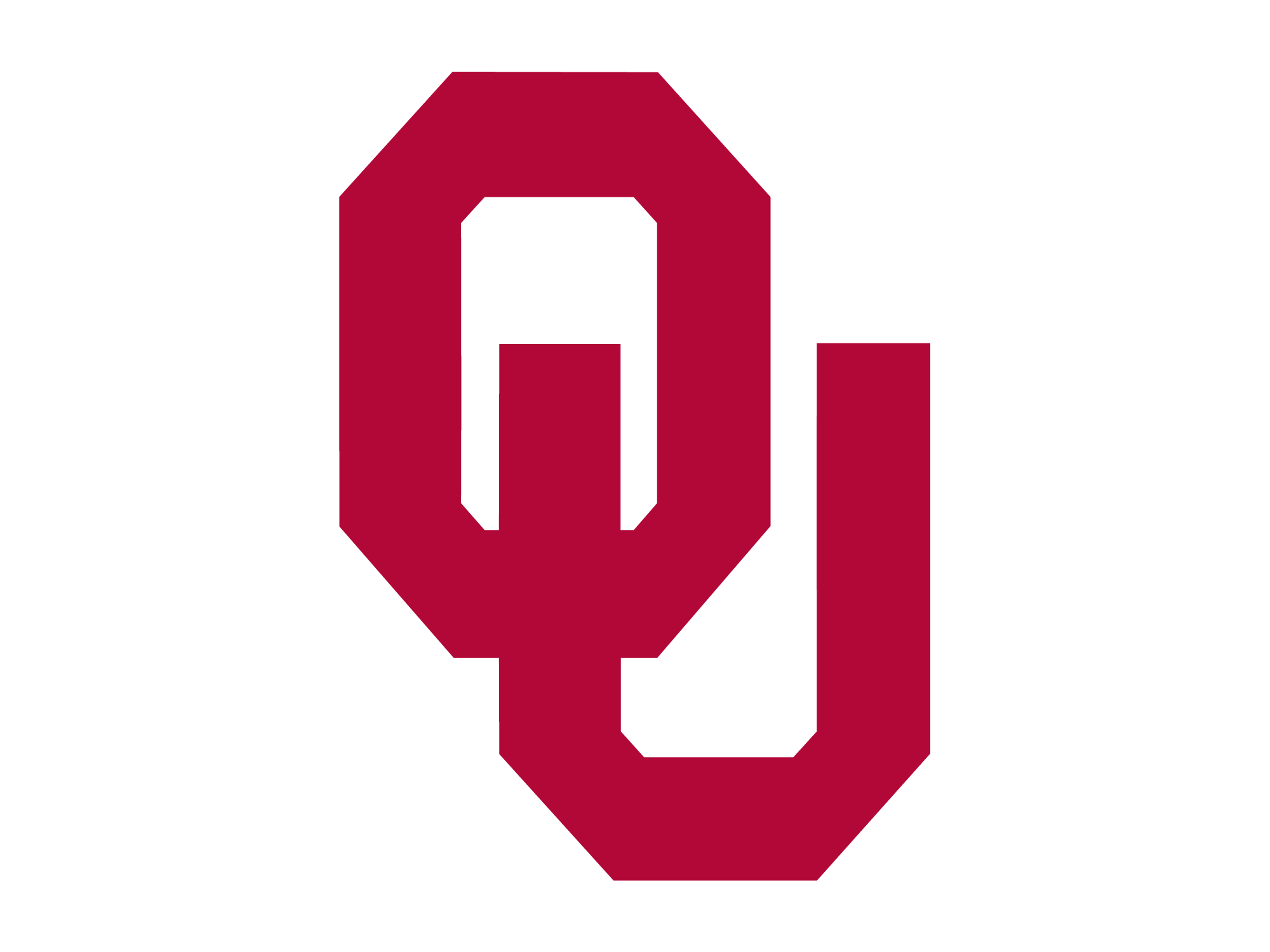


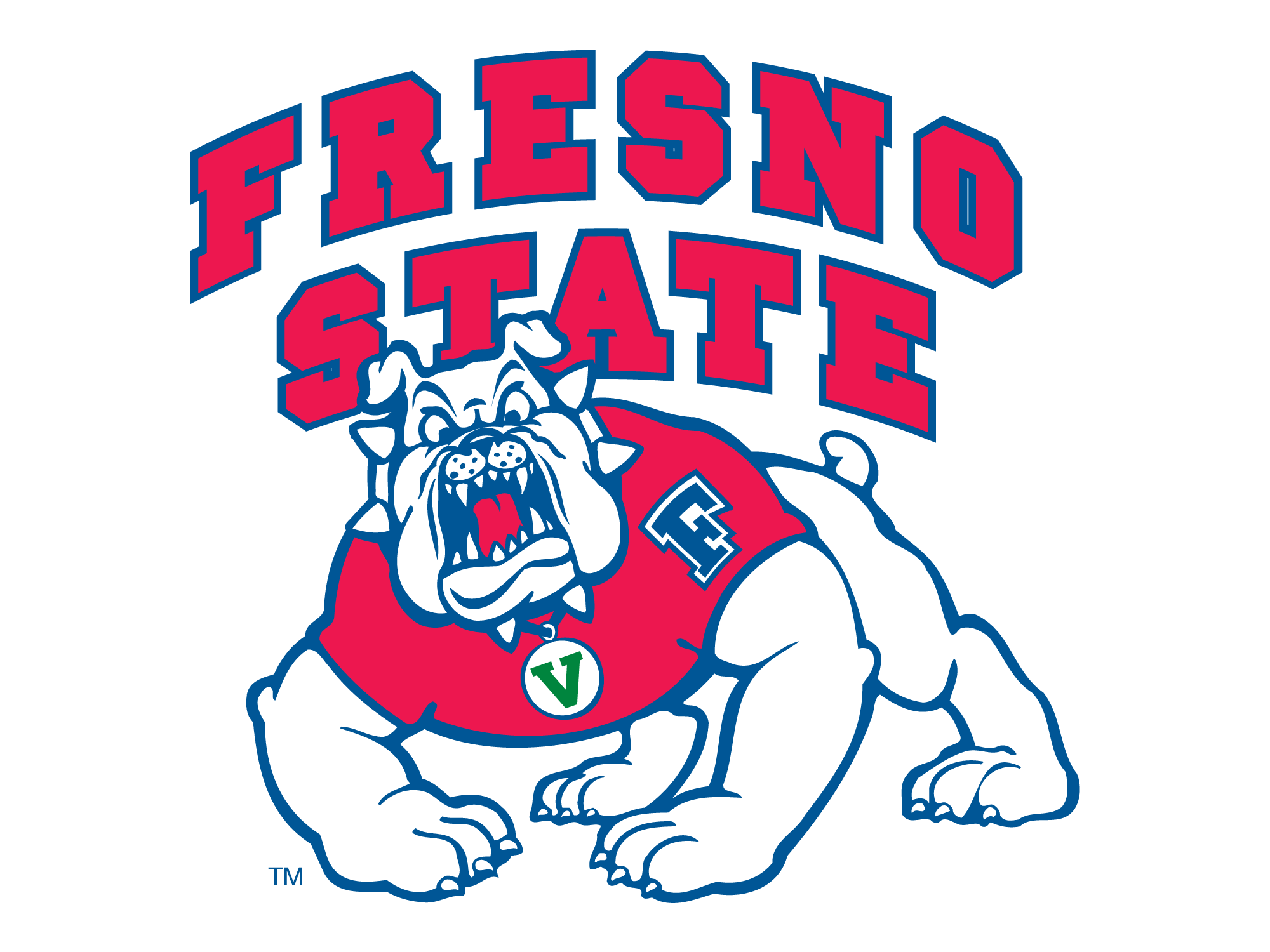
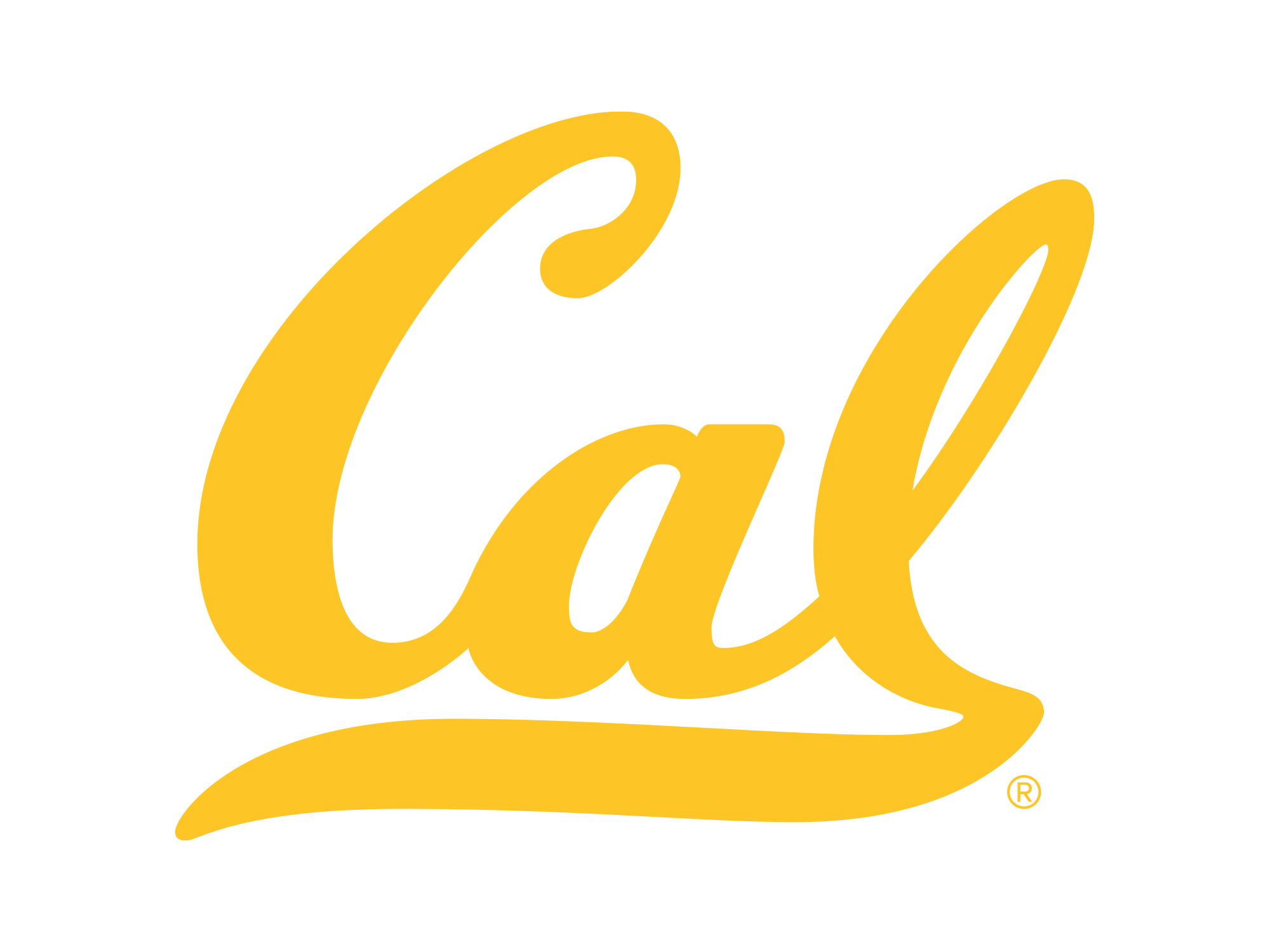
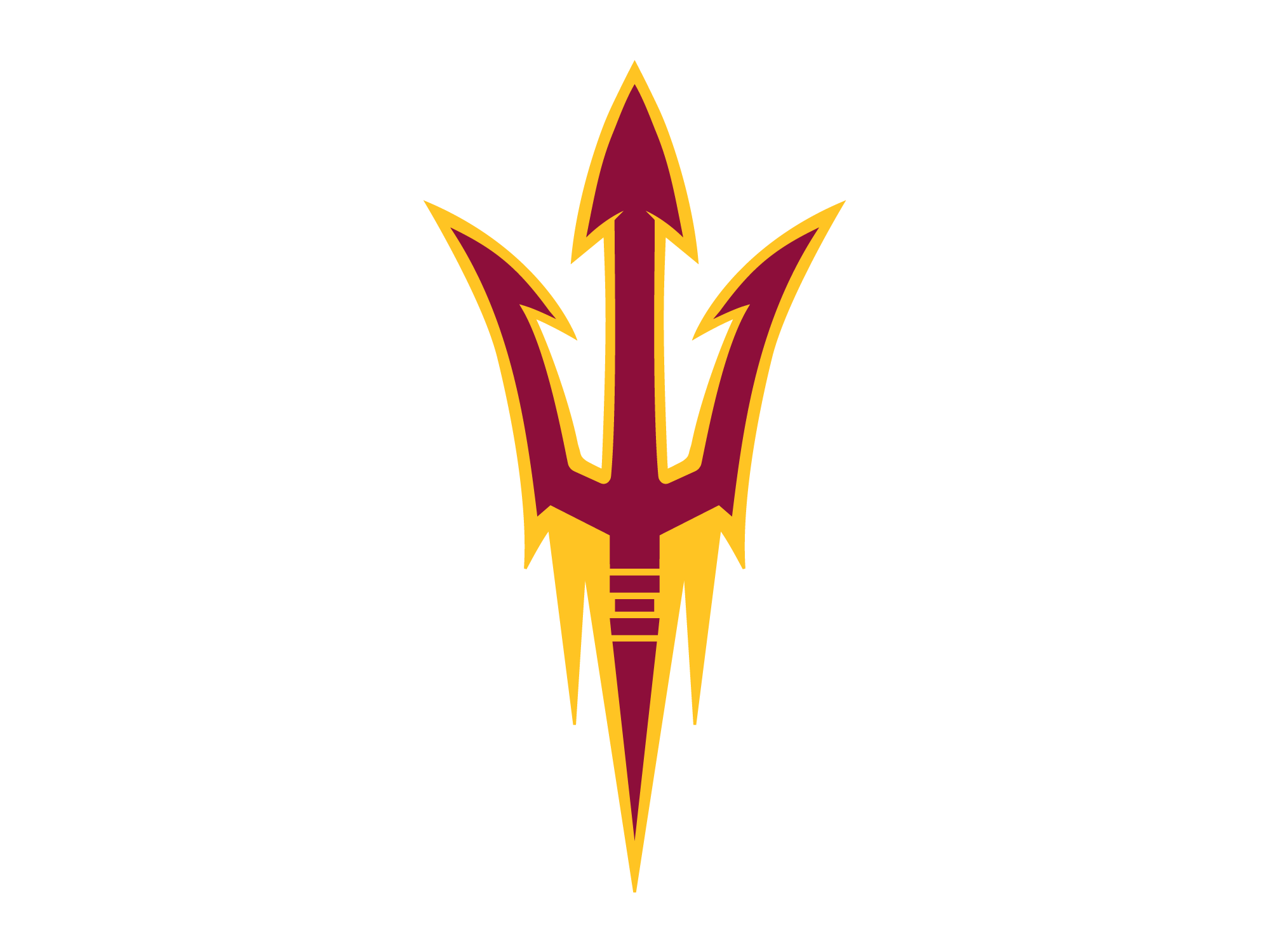
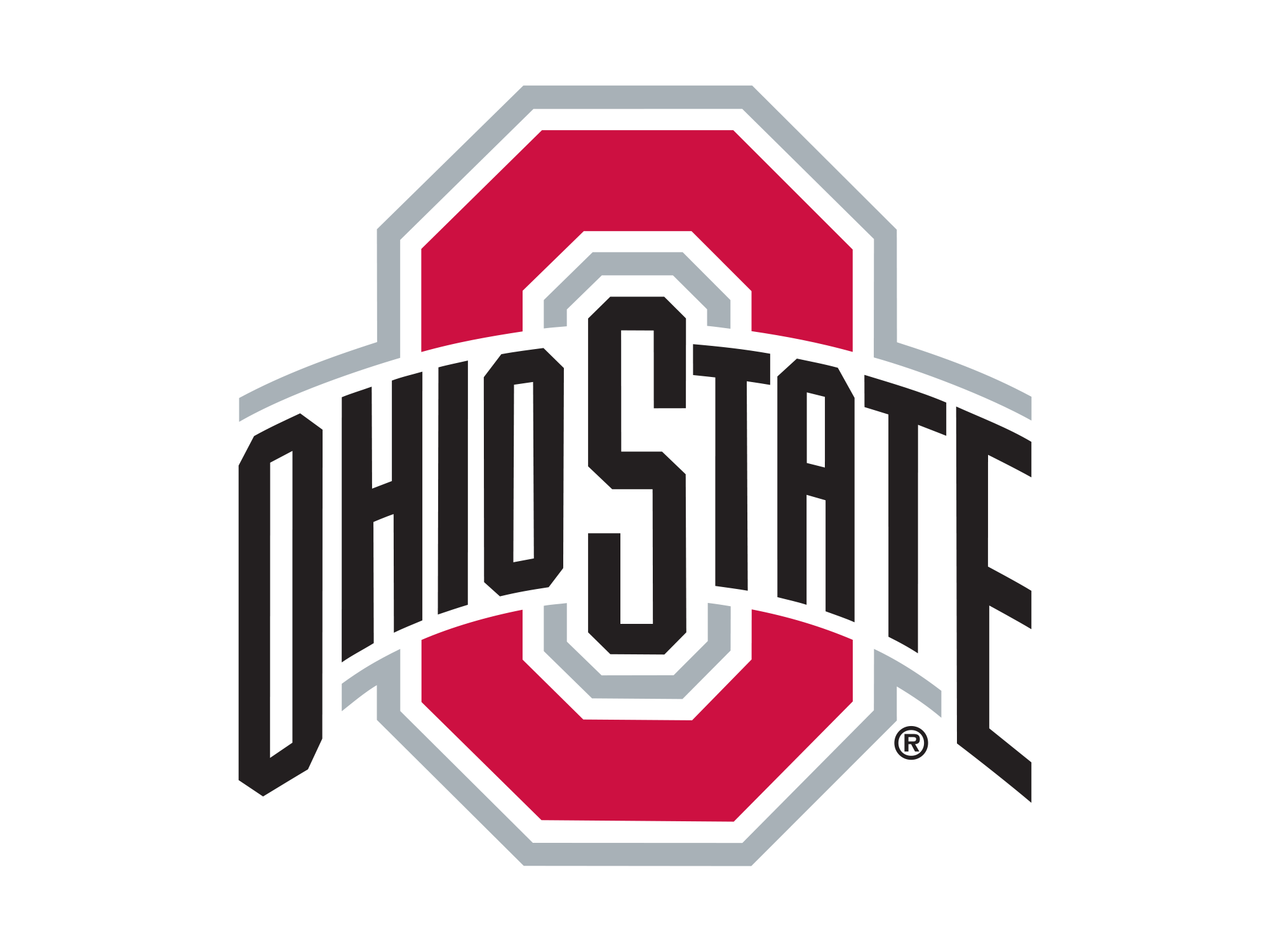
Take the pressure out of finding the best college football player props this week. Use OddsTrader’s betting grid to get the best prop bets for each game, every day of the season. Maximize your value by getting expert NCAAF betting tips today.
Get Expert CFB Player Props for this Week’s Games
Bettors need to weigh a few key factors when picking the best college football prop bets. However, none of that matters without real-time info.
OddsTrader’s betting grid updates constantly to bring you the latest college football lines, helping you find the best odds on all types of prop bets for every matchup. Whether you’re targeting quarterback passing yards or something more specific like first-half rushing attempts, we help you lock in the most expected value (EV) every time.
And let’s be real—no one wants to bet on a prop with a low chance of hitting. That’s why our algorithm assigns a rating to each prop bet. The higher the rating, the better the chances. Browse the full list or filter down to just the top four- and five-star bets with OddsTrader Turbo.
Still on the fence about a pick? OddsTrader’s BetStation can help tip the scales. Our AI chat tool delivers expert-level, data-backed prop picks when you upgrade to Turbo—giving you that extra edge on game day.
Popular College Football Player Props
OddsTrader gives player prop picks for all of college football’s top games. College football player prop bets focus on individual players and specific statistical outcomes during a game or season. Player props allow you to predict how players will perform across a variety of categories, providing a unique way to engage with the sport beyond team results.
Passing Props
These college player props involve wagering on how a quarterback performs statistically in a game. Bets can be made on passing yards, touchdowns, completions, and attempts.
Rushing Props
Rushing props focus on a player’s running statistics during a game. These college player props include predicting rushing yards, touchdowns, and attempts.
Receiving Props
Receiving props involve betting on wide receivers, tight ends or running backs catching the football. Common receiving props include total receiving yards, the number of receptions or touchdowns scored by a specific player.
Defensive Props
Defensive props involve betting on defensive players and their statistical accomplishments during a college football game. Typical defensive prop bets include wagering on the number of tackles, sacks or interceptions a player might have during play.
Win More with OddsTrader Turbo
Try a 30-day free trial of OddsTrader Turbo and unlock premium features to help elevate your betting game to the next level. By signing up, you’ll gain access to BetStation, our AI-enhanced college football betting hub.
With OddsTrader Turbo access, you’ll be able to ask important questions, including:
- What are the best available CFB odds?
- What are today’s best underdog bets?
- How likely is Texas to cover the spread against Ohio State?
- Is the Alabama moneyline a valuable pick?
You’ll also gain access to our top-rated computer picks. Our five-star college football picks carry a win rate of 73% and are only available to OddsTrader Turbo subscribers.
Ask BetStation for Today’s Best College Football Bets
With OddsTrader Turbo, you can use BetStation to connect your favorite sportsbook, track betting lines, and ask about today’s best CFB picks.
Here’s just an example of the questions you can have answered by BetStation AI:
- What are the best SEC betting picks today?
- Do recent stats favor Ohio State or Michigan?
- Will Alabama cover the spread against Georgia?
- How has Notre Dame performed in home openers?
Let BetStation do the hard work for you so you can focus on maximizing your value.
OddsTrader uses cookies to help us provide, protect & improve our services. See ourPrivacy Policyfor more details.
ACCEPT & CLOSE